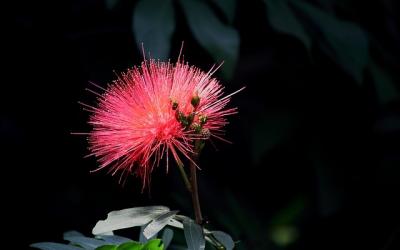EL PATRIMONIO BIO-CULTURAL DE LOS PUEBLOS TÉNEK Y NAHUA DE LA HUASTECA POTOSINA
THE BIO-CULTURAL HERITAGE OF THE TÉNEK AND NAHUA PEOPLES OF THE HUASTECA POTOSINA
Fecha recibido: 18/06/2025 | Fecha publicado: 19/09/2025 | Fecha corregido: 20/08/2025 |Autores
RESUMEN
El objetivo de este trabajo es reflexionar en torno a la conciencia de los pueblos tének y nahua de la Huasteca potosina sobre la[MOU1] biodiversidad y los conocimientos heredados que dan vida y sentido al mundo. La metodología para este trabajo parte de la[MOU2] ciencia básica: deductiva por la revisión de la teoría antropológica estructural, la literatura arqueológica y etnográfica relativa a los pueblos mesoamericanos, inductiva porque describe —a través de observaciones durante estancias de campo (2014 - 2018)— un modelo sobre la conciencia étnica de los pueblos de la Huasteca potosina sobre lo que se ha denominado memoria biocultural. Destacamos que los sistemas agroforestales como la milpa, los huertos y los bosques de manejo son ejemplos claros de la inexistente separación entre persona y naturaleza, así como, de herramientas prácticas y cognitivas que podemos considerar, en tanto mecanismos gregarios, para construir un futuro más viable y sostenible.
Palabras clave: Patrimonio, natural, cultural, Huasteca, tének, náhuatl.
THE BIO-CULTURAL HERITAGE OF THE TÉNEK AND NAHUA PEOPLES OF THE HUASTECA POTOSINA
ABSTRACT
The objective of this work is to reflect on the awareness of the Tének and Nahua peoples of the Huasteca Potosina regarding biodiversity and the inherited knowledge that gives life and meaning to the world. The methodology for this work is based on basic science: deductive, through a review of structural anthropological theory and archaeological and ethnographic literature related to Mesoamerican peoples; and inductive, because it describes—through observations during field trips (2014-2018)—a model of the ethnic awareness of the peoples of the Huasteca Potosina regarding what has been called biocultural memory. We emphasize that agroforestry systems such as milpas, orchards, and managed forests are clear examples of the nonexistent separation between person and nature, as well as practical and cognitive tools that we can consider, as gregarious mechanisms, to build a more viable and sustainable future.
Keywords: Heritage, natural, cultural, Huasteca, tének, náhuatl.


